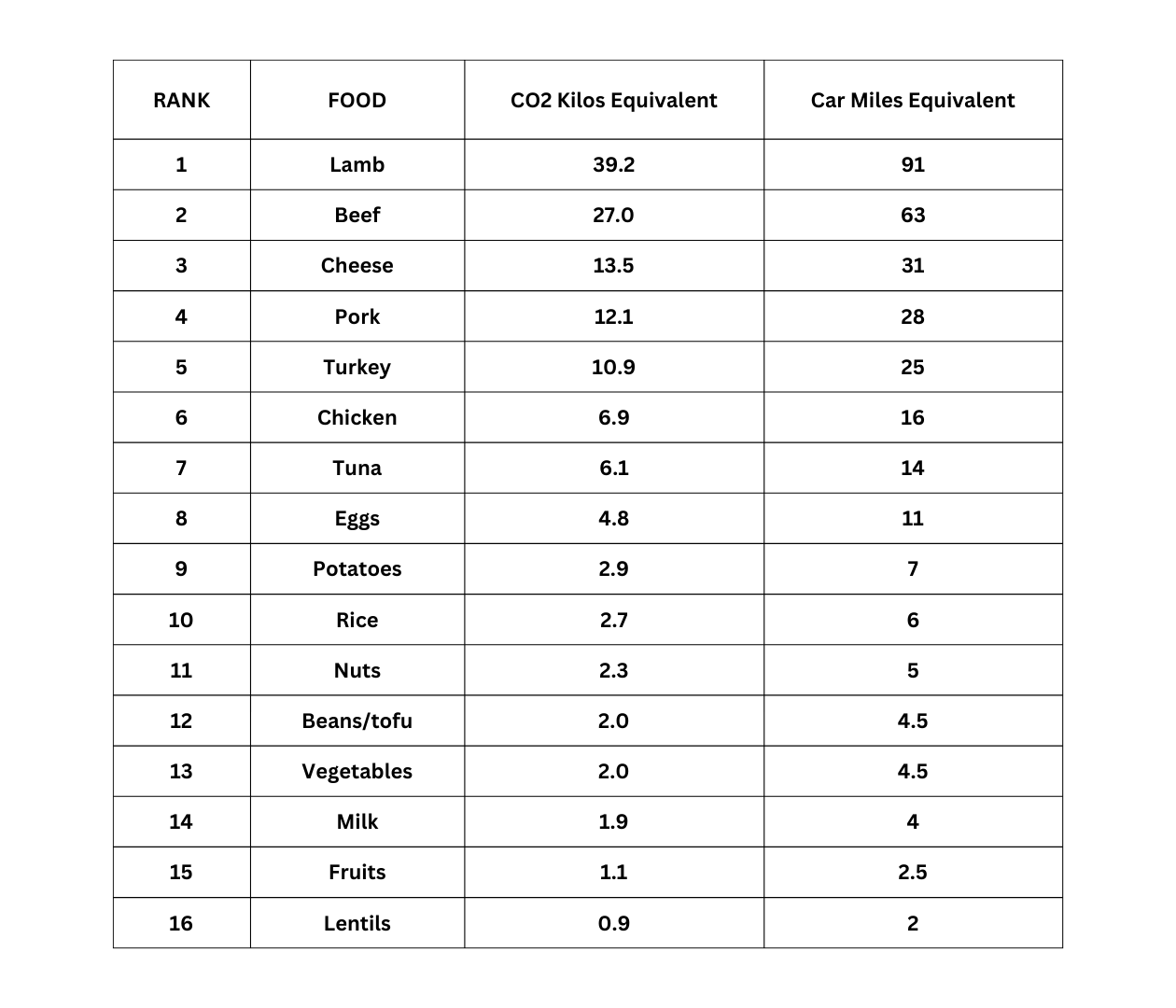In our modern lives, it's no secret that climate change is an ever-looming threat that demands our attention. While we often associate carbon emissions with industries like transportation and energy production, there is a whole realm of commonly used items that fly under the radar when it comes to their environmental impact. From the food we consume to the smartphones we rely on, and even the internet we surf, these seemingly harmless essentials have a surprising contribution to our planet's carbon footprint. In this blog, we will delve into the often-overlooked emissions associated with such daily use products. By shedding light on them, we can gain a deeper understanding of the choices we make and their collective impact on our planet's health.
Smart phones
The past few years have seen a significant increase in global smartphone usage, with the number of users projected to reach over 7.5 billion by 2026. This growth contributes to the overall carbon emissions and environmental impact of smartphones throughout their life cycle. From raw material extraction to production, the mining of resources like cobalt, and lithium leads to pollution and energy-intensive processes. The mass production of smartphones in large factories accounts for a substantial portion of their carbon footprint. The networking and data centres used in software development also consume significant amounts of energy and contribute to carbon emissions.
While smartphone usage has a smaller carbon footprint compared to manufacturing, it still has a notable impact due to the increasing dependence on smartphones and their increasing popularity. Research suggests that even one hour of daily smartphone usage can result in annual carbon emissions of around 63 kilograms.
Also, the frequent upgrading of smartphones contributes to the generation of e-waste. In 2019, it was estimated that more than 50 million tonnes of e-waste were attributed to smartphones, constituting approximately 10% of global e-waste.
Food
Food's carbon footprint, or foodprint, refers to the greenhouse gas emissions produced throughout the entire life cycle of food, including its production, processing, transportation, storage, cooking, and disposal. The carbon footprint is measured in kilograms of carbon dioxide equivalent (CO2e). It varies depending on factors such as the type of food, production methods and transportation distance. Meat and dairy products generally have higher carbon footprints due to the significant resources required for livestock farming. The table below shows the greenhouse gas emissions produced by one kilogram of each food item, including emissions on the farm, during processing, transportation, storage, and consumption. It also provides the equivalent number of car miles driven to generate the same emissions. The data reveals that meat, cheese, and eggs have the highest carbon footprints, while fruits, vegetables, beans, and nuts have much lower footprints. Shifting towards a predominantly vegetarian diet can significantly reduce an individual's carbon footprint.

Electronic Appliances
Electronic appliances have a significantly larger carbon footprint than one would expect based on their size or weight. This is primarily due to the utilisation of various precious metals in their manufacturing process and the substantial carbon emissions associated with semiconductors used in mostly all of them.
According to calculations by the UK government in 2021, the carbon intensity per kilogram of electronic devices is estimated to be 24.865 kg CO2e. This means that the production of every 1 kilogram of electronics results in the emission of nearly 25 kilograms of carbon into the atmosphere.
Many manufacturers conduct Life Cycle Assessments (LCA) to evaluate the environmental impact of their products. For instance, a Dell laptop weighing just 2 kilograms has a CO2e footprint of 110 kilograms solely from its manufacturing processes. This indicates a 50-fold increase in carbon emissions compared to its raw weight.
A recent study examined the LCAs of 64 medium-sized laptop models from Apple, Dell, HP, Lenovo, and Microsoft. The findings revealed that an average laptop of this size accounts for approximately 263 kilograms of embodied CO2e, which is equivalent to a flight from London to Berlin. This embodied CO2e represents around 81% of the total carbon emissions produced by each device throughout its entire life.
While laptops exhibit a substantial CO2e impact due to their high semiconductor content, other electronic devices also contribute significantly to carbon emissions. For instance, it is estimated that microwave ovens, washing machines and standard light bulbs emit 39, 51 and 63 kg of CO2 per year respectively.
Generative Artificial intelligence (AI)
Generative artificial intelligence (AI) has become extremely popular in the tech sector and is predicted to completely transform industries worth trillions of dollars. However, the growing concern is its carbon footprint and its impact on the planet. While generative AI has been used in various applications for some time, recent advancements have made it more sophisticated. With this advancement comes an increase in carbon emissions. Measuring the exact energy consumption of AI models is challenging, but their carbon footprint is becoming alarming.
AI models consume more energy compared to other computing methods. The energy use of an AI model includes the footprint of computing equipment manufacturing, model creation and usage. Although specific energy use for AI models is not known, estimations exist to provide an understanding of their significant carbon footprint. For example, training a single AI model can emit over 626,000 pounds of CO2 equivalent, which is roughly five times the lifetime carbon emissions of an average passenger car. The number of parameters in an AI model determines its size which is directly proportional to its carbon footprint. For instance, the GPT-3 model with 175 billion parameters emitted over 550 tons of CO2e and consumed 1,287 MW hours of electricity. This is equivalent to the emissions produced by a person taking 550 roundtrip flights between New York and San Francisco.
Industry estimates suggest that a single generative AI query is four to five times higher than that of a search engine query, with a single Google search emitting approximately 0.2g of CO2.
Social Media
The rise of social media has led to a remarkable growth in online users across various platforms, reaching an astounding 4.26 billion individuals. Consequently, the carbon footprint associated with social media usage is expanding rapidly.
If a user spends five minutes per day on 10 different social media platforms, the annual result would be approximately 20 kilograms of CO2 emissions. This amount is equivalent to driving a passenger car for a distance of 52.5 miles.
To have a brief overview, here are average CO2 emissions from the most popular social media platforms.
Tiktok: 2.63g of CO2 per minute, Pinterest: 1.30g of CO2 per minute, Instagram: 1.05g of CO2 per minute, Snapchat: 0.87g of CO2 per minute, Facebook: 0.79g of CO2 per minute, LinkedIn: 0.71g of CO2 per minute, Twitter: 0.6g of CO2 per minute and YouTube: 0.44g of CO2 per minute.
By taking into account the hidden impacts of these daily essentials, we can make more informed choices and actively reduce our individual and collective carbon footprints. By understanding the broader scope of our daily actions, we can make conscious decisions to support environment friendly alternatives and advocate for a systemic change. Together, we have the power to mitigate climate change and preserve our planet for generations to come.

